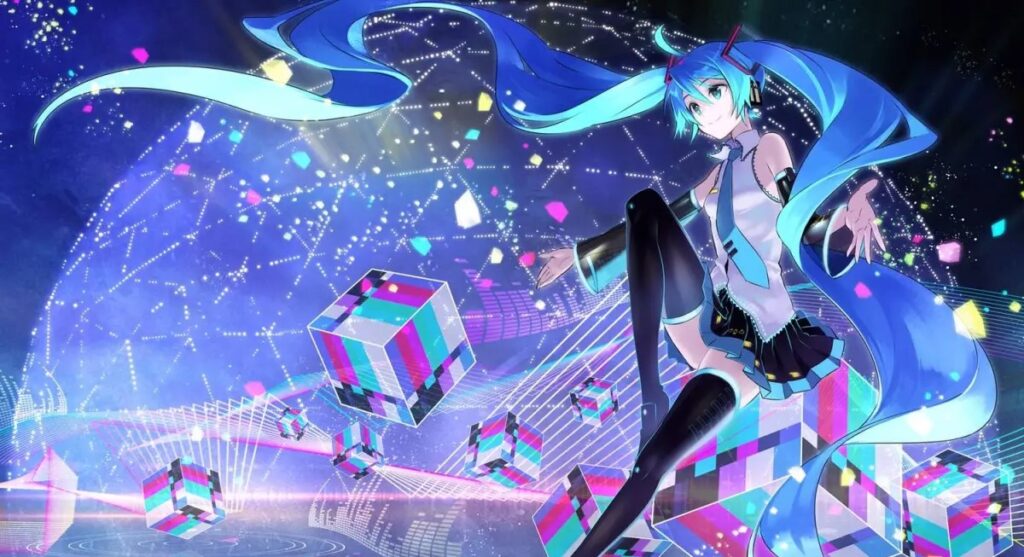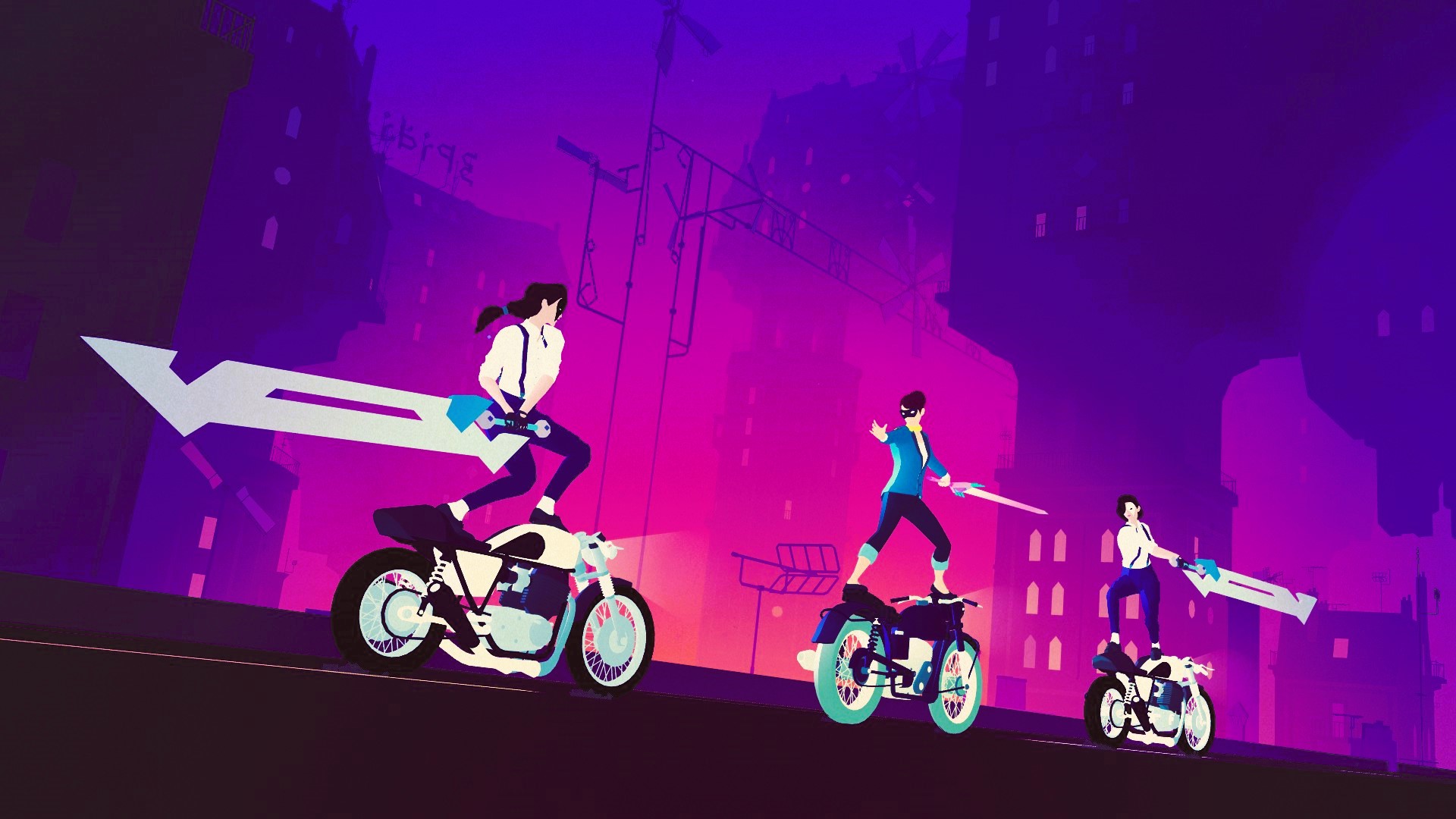Rhythm games have carved out a unique niche in the gaming landscape, fusing the art of music with interactive gameplay. These games challenge players to keep time with the rhythm, translating auditory cues into visual actions. The experience is both exhilarating and immersive, leading to a deeper appreciation for music and sound design. In this article, we will explore the evolution of rhythm games, how music drives gameplay, and the cultural impact they have had on both gamers and the music industry.
The Evolution of Rhythm Games
The history of rhythm games can be traced back to the late 1970s and early 1980s with titles like Dance Aerobics and Parappa the Rapper. However, it wasn’t until the introduction of arcade titles such as Dance Dance Revolution (DDR) in the late 1990s that the genre truly gained popularity. DDR combined physical movement with music, requiring players to step on arrows in time with the beat, effectively turning music into a physical challenge. This innovation not only transformed how players interacted with music but also sparked a new genre that blended gaming with fitness.
As technology advanced, rhythm games evolved significantly. The introduction of home consoles allowed for a wider variety of gameplay experiences. Games like Guitar Hero and Rock Band took the concept of rhythm gaming to new heights by incorporating instrument controllers that allowed players to simulate playing real instruments. These titles not only provided an engaging gameplay experience but also introduced players to a wide array of musical genres and artists, broadening their musical horizons.
How Music Drives Gameplay

At the core of rhythm games lies the relationship between music and gameplay mechanics. The gameplay experience is intrinsically tied to the rhythm, tempo, and dynamics of the music being played. Here are some key ways in which music drives gameplay:
1. Timing and Precision
Rhythm games are built on the principle of timing. Players must hit notes or perform actions in sync with the music, often at varying speeds and complexities. The gameplay is designed to challenge players’ reflexes and coordination, as they must react quickly to visual cues that correspond with the music. This element of precision creates a rewarding experience, as players feel a sense of accomplishment when they successfully execute challenging sequences. A look at iconic music collaborations in the gaming industry, read more here.
2. Musical Diversity
The diverse range of musical genres represented in rhythm games enhances the gameplay experience. From pop and rock to hip-hop and electronic dance music (EDM), players can explore different styles while enjoying the challenge of hitting notes in time with the music. Games often feature licensed tracks from popular artists, creating an enticing blend of familiar melodies and engaging gameplay. For example, Beat Saber, a virtual reality rhythm game, includes a wide variety of music genres, allowing players to experience everything from orchestral pieces to high-energy electronic tracks.
3. Dynamic Feedback
The feedback loop between music and gameplay is essential in rhythm games. As players hit notes accurately, the music responds dynamically, often becoming more pronounced or layered. Conversely, missing notes can lead to a decrease in sound intensity, providing immediate feedback that influences player performance. This interaction not only enhances immersion but also reinforces the idea that players are actively participating in the music-making process.
4. Emotional Engagement
Music has the power to evoke emotions, and rhythm games leverage this by carefully curating soundtracks that resonate with players. The choice of music can create an atmosphere that enhances the gaming experience, whether it’s the adrenaline rush of a fast-paced song or the nostalgic feel of a classic track. Players often find themselves emotionally invested in the gameplay, as the music serves as a driving force behind their actions. Games like Just Dance and Rhythm Heaven utilize catchy tunes and upbeat melodies to create a fun and engaging environment, encouraging players to dance and sing along.
Cultural Impact of Rhythm Games
The rise of rhythm games has not only transformed gaming but also had a significant impact on the music industry and popular culture. Here are a few ways in which rhythm games have influenced society:
1. Musical Exposure
Rhythm games have introduced players to a diverse range of music, often serving as a gateway for discovering new artists and genres. Titles like Rock Band and Guitar Hero featured tracks from both well-known and lesser-known artists, helping to elevate songs that may not have received mainstream attention. This exposure has led to a resurgence in interest for certain genres and artists, allowing them to reach new audiences.
2. Community and Collaboration
Rhythm games foster a sense of community among players. Whether in local multiplayer sessions or online competitions, players come together to share their love for music and gaming. Events like Guitar Hero tournaments and Just Dance parties encourage collaboration and friendly competition, creating a shared experience that transcends individual gameplay. These communities often extend to social media, where players share their achievements and engage with others who share similar interests.
3. Influence on Music Creation
The popularity of rhythm games has also influenced music creation and production. Many artists now create songs with rhythm games in mind, considering how their tracks will translate to gameplay. This has led to the development of new musical styles and production techniques designed to enhance player engagement. Furthermore, the success of songs featured in rhythm games can boost their popularity on music charts, as seen with tracks that become hits after being included in games like Just Dance.
The Future of Rhythm Games

As technology continues to advance, the future of rhythm games looks promising. With the rise of virtual reality (VR) and augmented reality (AR), the potential for immersive rhythm gaming experiences is vast. Games like Beat Saber have already showcased how VR can enhance gameplay, offering players a physical and interactive way to experience music. Future developments in technology may further blur the lines between gaming and musical performance, allowing players to become active participants in the music creation process.
Moreover, as the gaming industry continues to evolve, we can expect to see more innovative ways to engage with music through gameplay. The integration of artificial intelligence could lead to personalized music experiences, where games adapt to players’ preferences and skill levels, offering unique challenges that keep players coming back for more.
Conclusion
Rhythm games are more than just a genre; they represent a cultural phenomenon that intertwines music, gameplay, and community. By leveraging the power of music, these games create immersive experiences that challenge players’ skills while introducing them to diverse sounds and styles. The evolution of rhythm games has transformed how we engage with music, fostering connections between gamers, musicians, and the broader community. As technology continues to advance, the future of rhythm games is set to be even more exciting, paving the way for new musical experiences that will resonate with players for years to come.
For more information on rhythm games and their evolution, visit the Wikipedia page on Rhythm Games.


